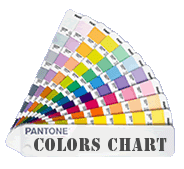The second is a close-fitting knit or crocheted cap which is usually made of acrylic or wool, synthetic material, man-made or fleece. They can be worn by either sex, but historically have been more commonly worn by men. These hats protect the head and ears from cold and wind chill, or are worn as a fashion item, often heavily branded with the name of the designer, sporting team insignia or colors, or with other logos or slogans. This type of hat is also referred to as a snookie.
In Canada, where such hats are almost ubiquitous, they are called a tuque (also sometimes spelled toque or touque). The term beanie is used mainly in New Zealand, Australia and the United Kingdom. Some English-speakers, especially military, refer to beanies as watch caps. In the United States, this kind of headgear is variously known as a beanie, knit hat, knit cap, sock cap, stocking cap, toboggan, boggan, skull cap, skully, warm winter hat, ski capor, chook, or ski cap depending on the region. Among the Amish, it is sometimes referred to as a sipple cap. It is worn low on the head, covering the forehead, and can be pulled down over the ears as well, though normal usage keeps a turned-up cuff. There are two main varieties of beanies, those that hug the top of the head, and those that leave the top couple of inches of the hat unstretched on top of the head. In India it is usually called a monkey cap.
They are also called woolen or wooly hats, or bobble hats if they are topped with a pompom, which is common. A variation of this type of hat, which is pulled down and worn over the face, with appropriate holes for the eyes and mouth is called a balaclava (or a ski mask in the U.S.). A visor beanie is a relatively new variety which foregoes the cuff for a cardboard-spined brim.























